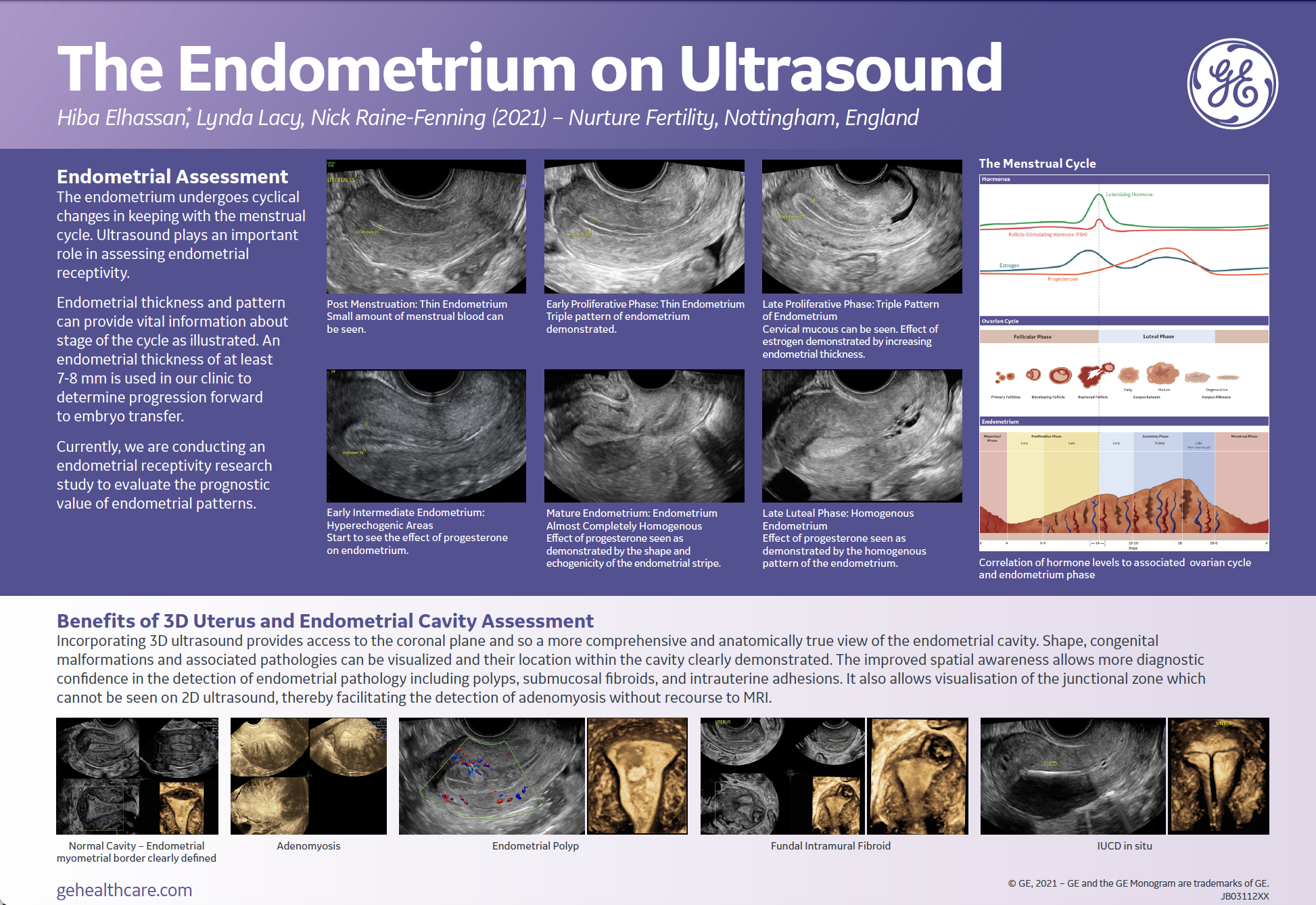Abnormal uterine bleeding (AUB) is a common clinical concern that can signify various underlying conditions. Abnormal uterine bleeding in adolescents, specifically, can be caused by hormonal imbalances and coagulopathies, as well as more serious but rare gynecological conditions.
Prevalence and Challenges of AUB in Adolescents
A normal menstrual flow lasts about two to seven days and occurs every 21 to 45 days in most women. AUB—previously referred to as menometrorrhagia—is defined by bleeding between monthly periods or periods that are extremely heavy and/or longer than usual. AUB affects between 10-35% of women worldwide and most often occurs during menarche and perimenopause, primarily due to hormone imbalances.
Abnormal uterine bleeding in adolescents is often harder to diagnose as this population might not yet know their regular bleeding pattern and isn't always reliable when it comes to reporting unusual bleeding or other symptoms. Some causes of AUB can be life-threatening, so identifying and treating AUB in this population can potentially improve long-term health as well as self-esteem and school attendance.
Common Causes of AUB in Adolescents
According to American Family Physician, one in five adolescents with heavy menstrual bleeding has an underlying bleeding disorder, with Von Willebrand disease, platelet function defects, thrombocytopenia, and clotting factor deficiencies being the most common. Diagnosing these conditions quickly is imperative so the patient can receive optimal treatment as soon as possible.
Ovulation problems can also lead to AUB, as lack of ovulation can cause irregular, sometimes heavy menstrual bleeding. Without ovulation for several menstrual cycles, areas of the endometrium can become too thick. This thickening can occur during the first few years after the start of menstruation but can also be seen in women with medical conditions like polycystic ovary syndrome (PCOS) and hypothyroidism.
Diagnosing the Causes of AUB With Ultrasound
Identifying the root cause of abnormal uterine bleeding in adolescents is necessary to rule out any high-risk or critical situations. Diagnosing AUB with ultrasound can be done with both transabdominal and transvaginal scanning. The main advantage of this imaging technology is that it is non-invasive and can offer a first-line diagnostic approach to assess the uterine and ovarian anatomy for any abnormalities that might contribute to AUB.
Pathologies causing AUB picked up on ultrasound can include ovarian cysts, fibroids, and polyps. Clinicians can also identify PCOS and structural anomalies with this tool. However, a study from the Journal of Pediatric & Adolescent Gynecology found that these conditions are only present in about 6% and 2% of adolescents with AUB, respectively. Providers can also use ultrasound to identify adenomyosis, a condition in which the endometrium grows into the wall of the uterus.

Additional Methods to Diagnose AUB
It's important to note that ultrasound cannot diagnose all conditions; sometimes, blood tests or more advanced imaging is necessary. The American College of Obstetricians and Gynecologists (ACOG) recommends using laboratory evaluation to look for indicators of anemia, including serum ferritin level. Clinicians can also use laboratory tests to detect the presence of an endocrine or bleeding disorder.
Once healthcare providers identify the root cause of AUB, they can use treatments ranging from medical therapy—both hormonal and non-hormonal—to more invasive surgical options. However, the latter is a last resort in the adolescent population where preservation of fertility is of the utmost importance.




